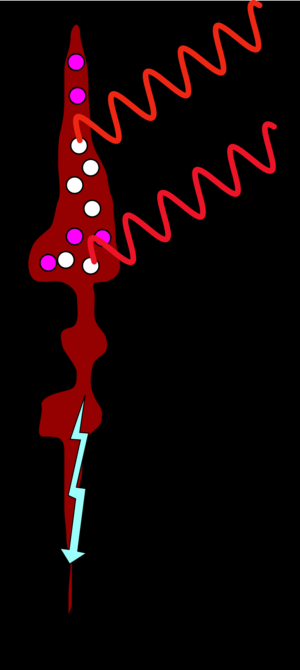Rod precursor cells transplanted from the eyes of newborn mice into blind adult animals can restore vision, UK scientists have shown.
Working at UCL and publishing their results in Nature, researcher  Robin Ali and his team used adult mice lacking a gene called Gnat1, which prevents the animals' rod cells from working, triggering night blindness. Into a group of these animals the scientists injected beneath their retinae 200,000 developing rod cells collected from 4-8 day-old donor mice.
Robin Ali and his team used adult mice lacking a gene called Gnat1, which prevents the animals' rod cells from working, triggering night blindness. Into a group of these animals the scientists injected beneath their retinae 200,000 developing rod cells collected from 4-8 day-old donor mice.
These donor cells expressed a genetic label to enable them to be distinguished from the recipients' cells. The result, three weeks later, was up to 26,000 new rod cells in each recipient retina, with most of the new rods clustered around the injection site.
Examined under the microscope, the new rods appeared to have wired themselves into the host retinae correctly and responded appropriately to flashes of light. Compared with control animals that showed no responses, the visual areas of the treated animals' brains also altered their activity in response to light stimuli and the animals could follow moving light spots with their eyes, proving that signals from the grafted rod cells were being appropriately transmitted into the nervous system.
The treated mice were also able 70% of the time to locate a hidden platform in a water maze under low-light conditions. Control animals trying the same task performed no better than chance.
According to the scientists, "the results demonstrate for the first time that transplanted rod-photoreceptor precursors can integrate into a dysfunctional adult retina and, by directly connecting with the host retinal circuitry, truly improve vision."
Some commentators remain sceptical, however, criticising the the work on the grounds that the Gnat-1 mutant mice used still have functioning cones in their retinae and also have rods that could be rendered functional by the injected precursor cells.










Comments
Add a comment